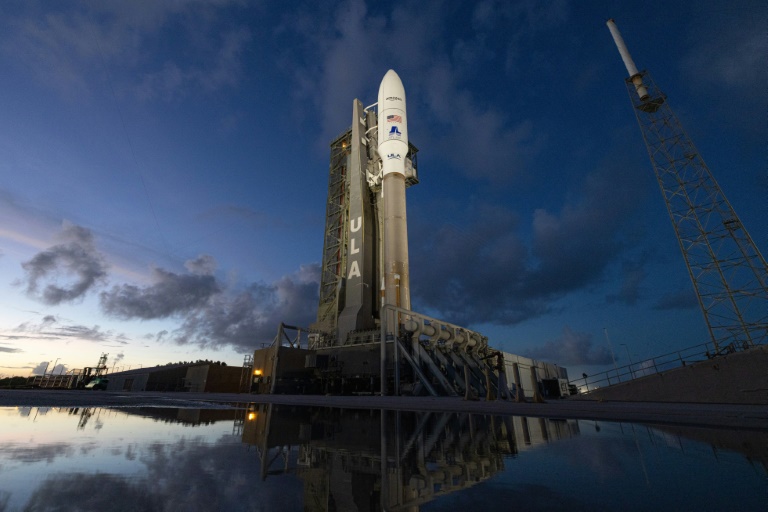Op-Ed: Cleaning up space junk at long last — Basic space hygiene 101

Jeff Bezos says the aim of the satellite project is to provide ‘fast, affordable broadband to unserved and underserved communities around the world’ – Copyright ${image.metadata.node.credit} ${image.metadata.node.creator}
The disgraceful disorganized mess orbiting the Earth has been a sore point for decades. The sanity of this appalling situation has been in question for quite a while, too. Any useless bit of space junk could destroy a billion-dollar mission or trash a high-value satellite with ease.
That situation hasn’t been getting any traction with the budget intelligentsia for decades. Turns out that a couple of generations of morons earnestly saying “golly gee shucks” doesn’t clean up space garbage either.
The good news is that there are now new options for cleaning up the orbital dunghill. Giant lasers are one of the options. It’s hardly a new idea. They weren’t really feasible in the past, but the development of military lasers has solved that problem.
Getting these things into orbit and targeting are the obvious issues. Despite the terminology, the lasers don’t have to be “giant,” just able to hit targets. Most military lasers fit on deployable mounts like vehicles, aircraft, and ships. They’re designed to hit multiple targets, so they’re a good fit for this role.
A 500Kw military laser would be about right for most targets. This isn’t actually future tech, either. It’s an evolution of a very long period of development over 50 or so years. These things are designed to hit moving targets.
Shooting down satellites is also a longstanding military issue. They can be shot down from Earth, but the new space environment is much more complex. Some satellites may have nukes in them. Some may be critical targets.
In space, relative positioning is pretty simple. It’s relative speeds that dictate targeting. If you’re orbiting at roughly the same speed as the target, hitting that target is easy enough to calculate. The rest is target practice.
The economic benefits would be enormous. It’s not all just risk management. It’s also about clearing up space for modern orbital units, as distinct from the orbiting museum up there at the moment.
For example, the Starlink network will be obsolete in X years. You can either go and pick them up, or you can shoot them down if necessary. Other orbiting fossils can be managed on a needs basis.
The main problem now is whether the mindless political environment can get anything right about space. I’ll believe it when I see it.
_______________________________________________________
Disclaimer
The opinions expressed in this Op-Ed are those of the author. They do not purport to reflect the opinions or views of the Digital Journal or its members.
Op-Ed: Cleaning up space junk at long last — Basic space hygiene 101
#OpEd #Cleaning #space #junk #long #Basic #space #hygiene





